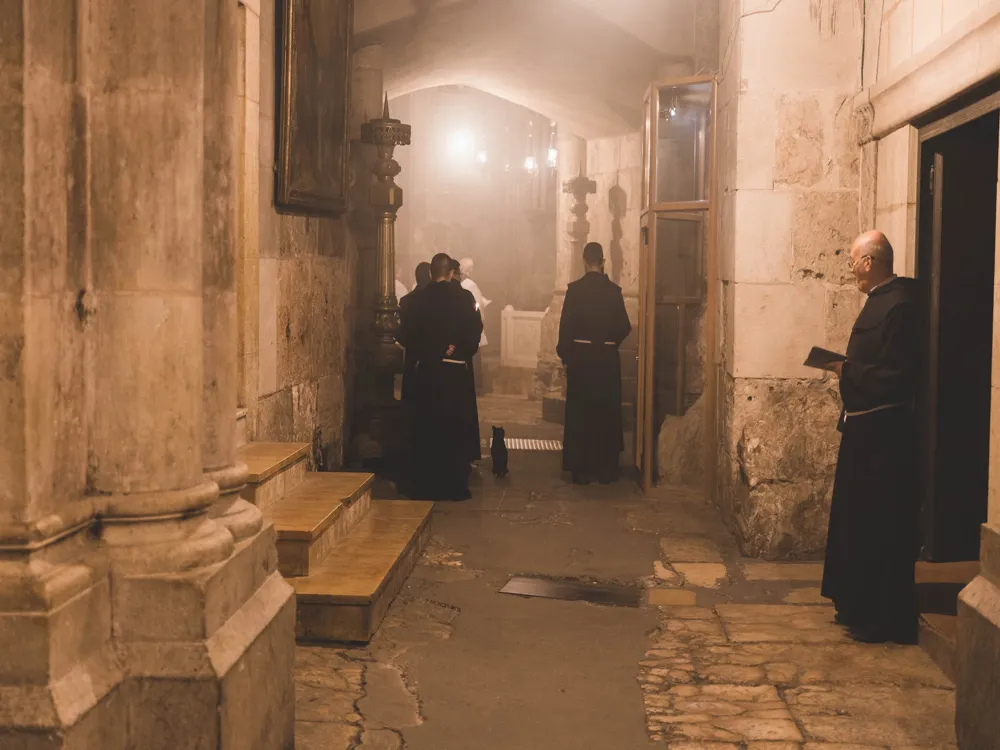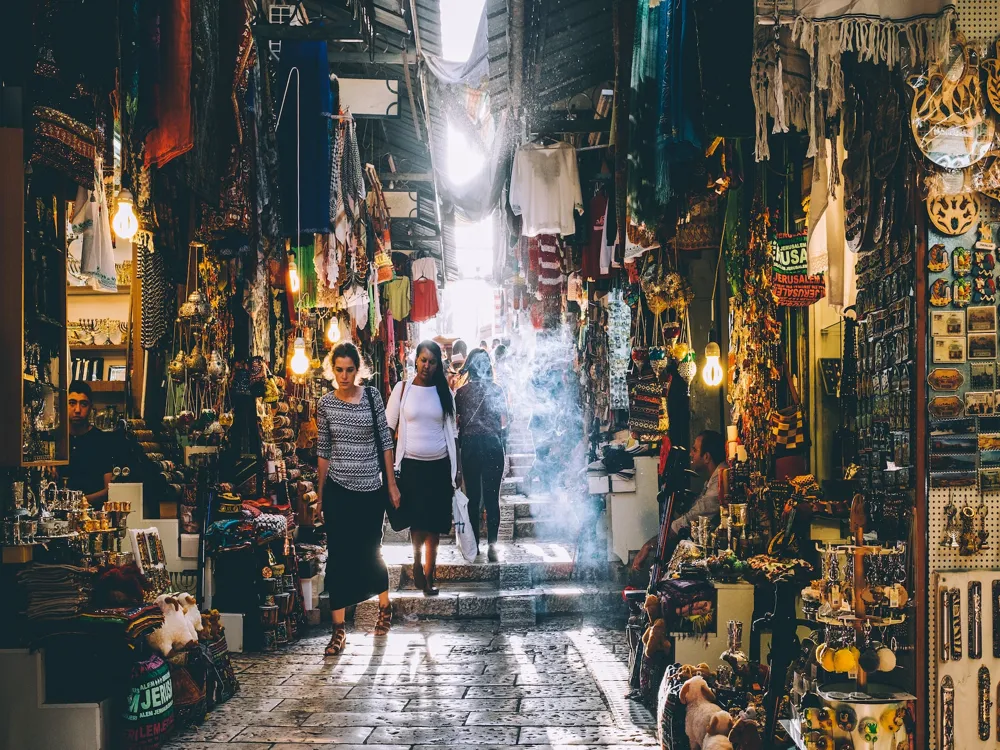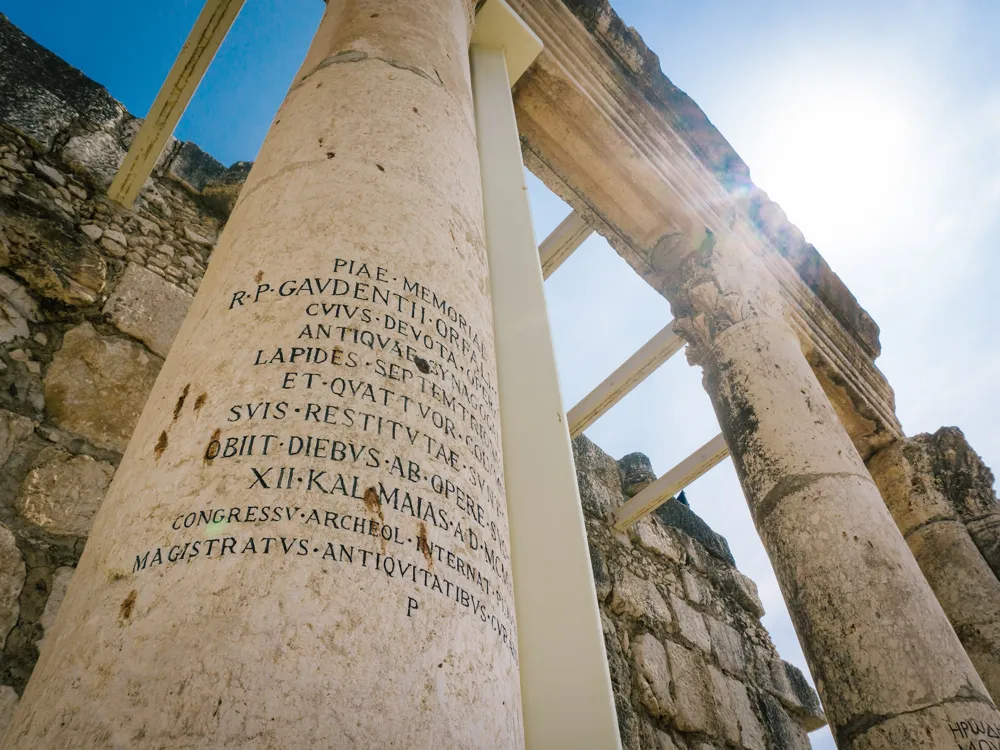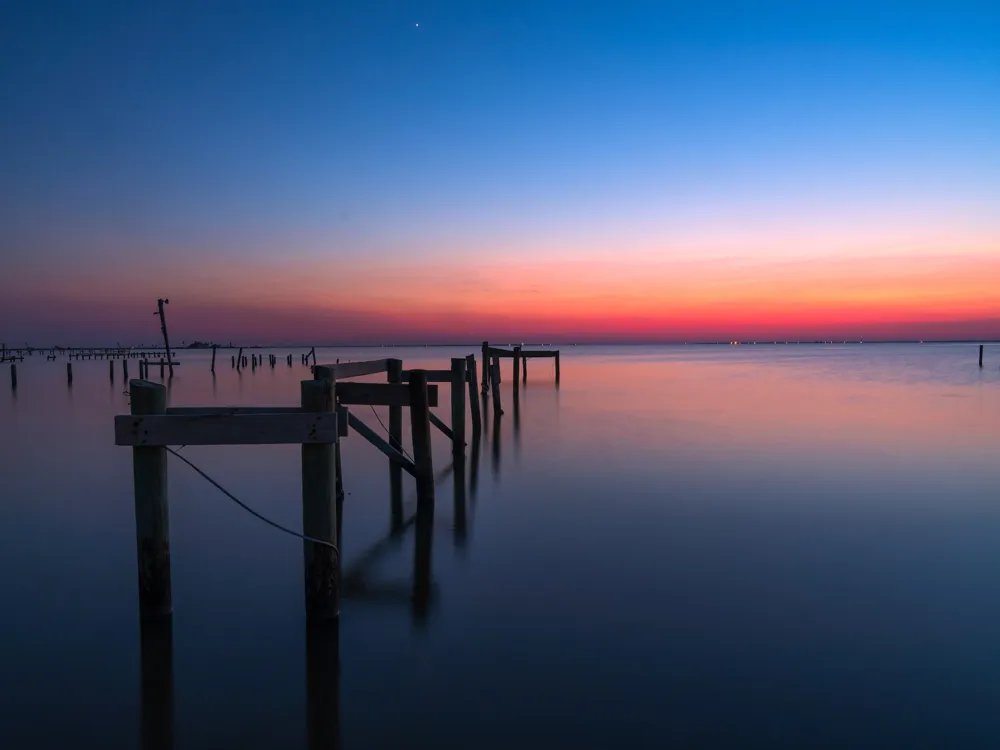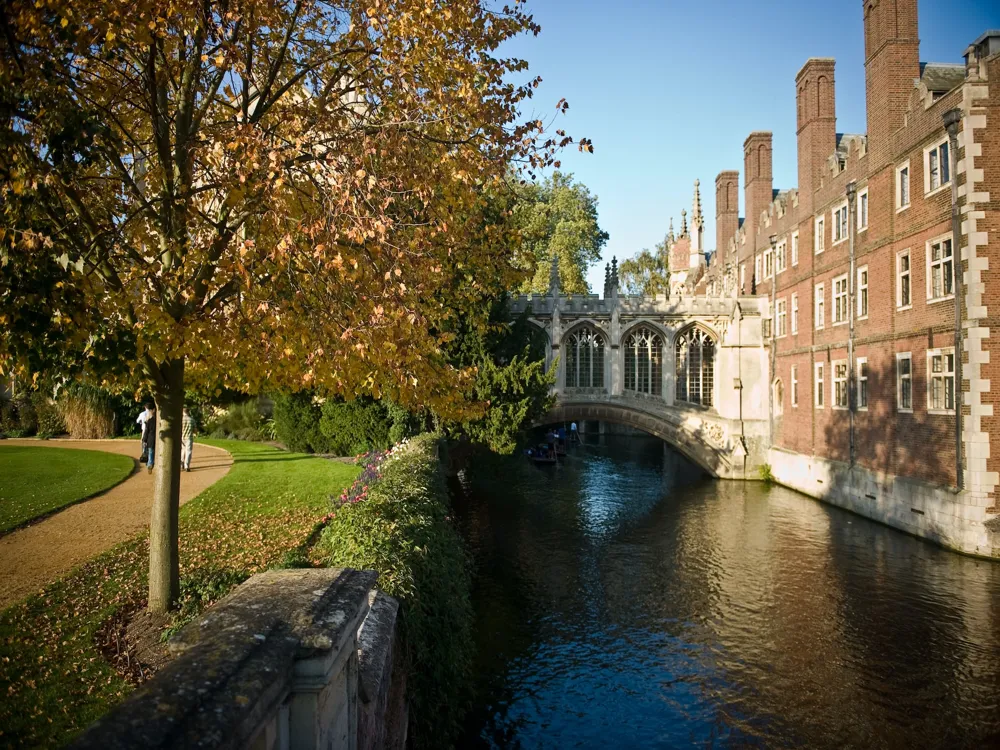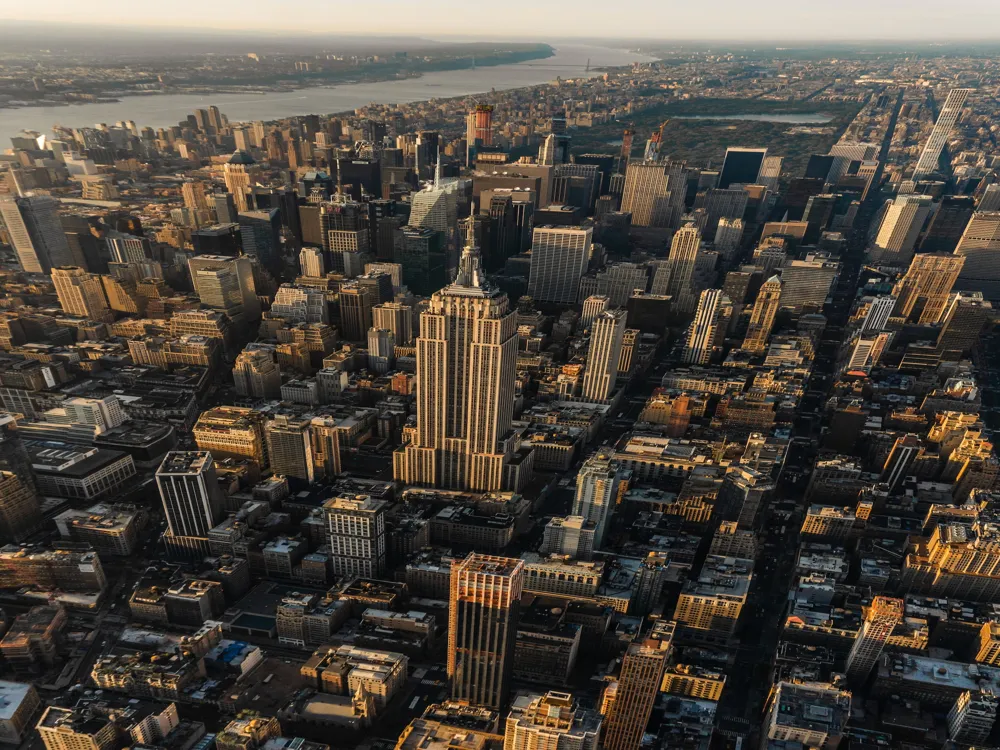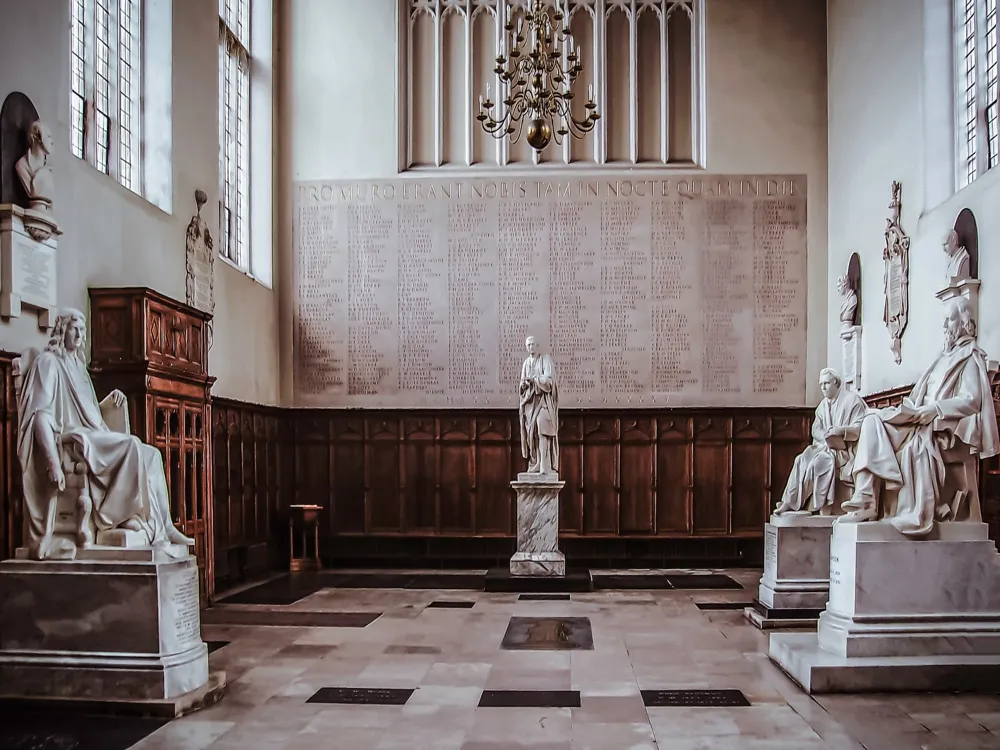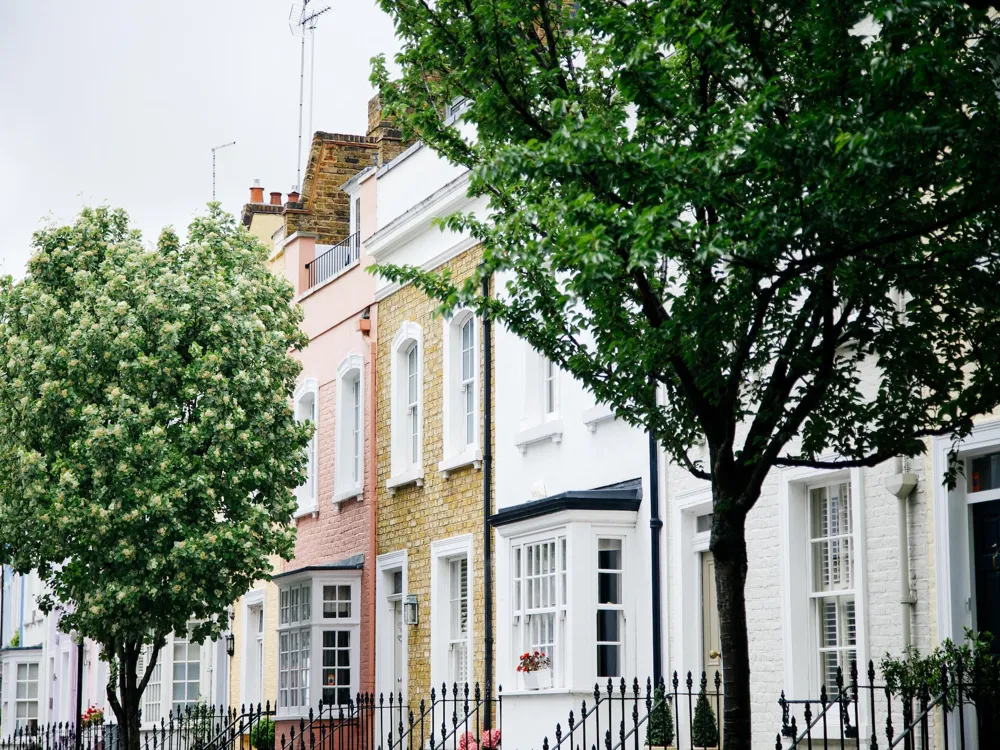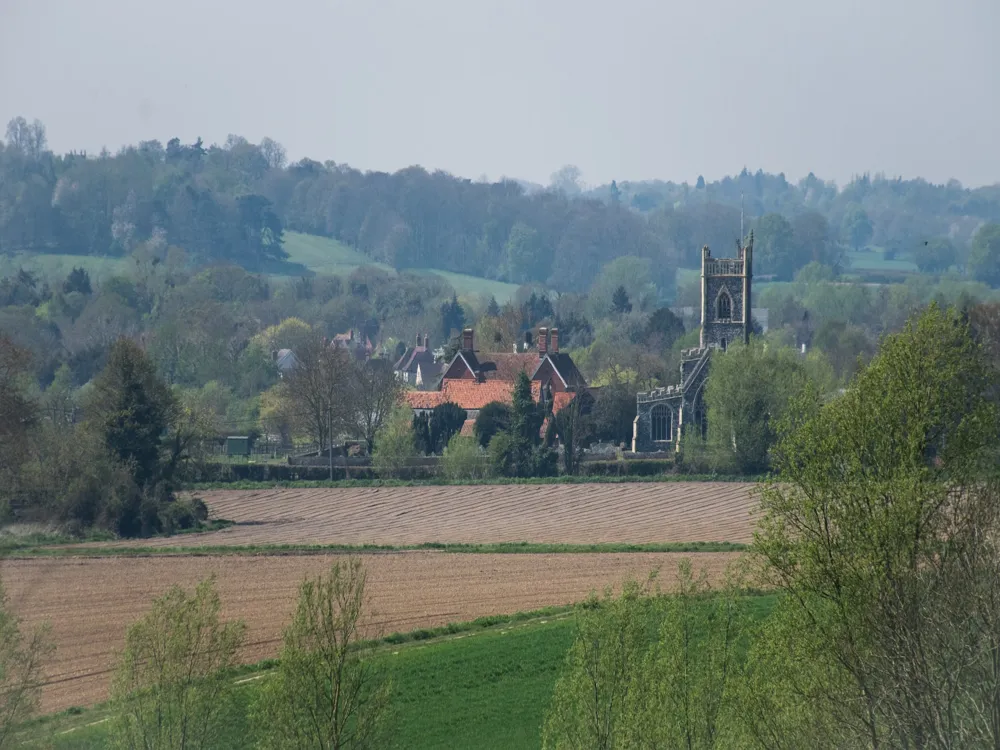The Western Wall, also known as the Wailing Wall, is a significant site of religious and historical importance located in the Old City of Jerusalem. This ancient limestone wall is all that remains of the Second Jewish Temple, destroyed by the Romans in 70 CE. Over centuries, it has become a symbol of Jewish resilience and spirituality, attracting millions of visitors and pilgrims from around the world. The wall's enduring presence amidst Jerusalem's tumultuous history stands as a testament to the city's rich and complex past. Historically, the Western Wall formed a part of the western perimeter of the Temple Mount, a site revered in Judaism, Christianity, and Islam. It's the closest point to the Holy of Holies, the most sacred site in the Jewish faith, where the original temples once stood. Despite its religious significance, the wall has also been a site of conflict and controversy, reflecting the broader Israeli-Palestinian tensions. Today, it remains a focal point for prayer and reflection, symbolizing the unbroken connection between the Jewish people and Jerusalem. The Western Wall's architecture is a remarkable testament to ancient engineering and religious devotion. The wall measures about 488 meters (1,601 feet) in length, though most of it is hidden behind structures built along its length over centuries. The exposed section, known as the Prayer Plaza, is approximately 60 meters (197 feet) long and 19 meters (62 feet) high, consisting of 45 stone courses. The lower 17-19 courses date back to the era of Herod the Great and are made from large, chiseled stones. The architecture of the Western Wall is not only significant for its age but also for the engineering marvels it presents. The Herodian stones are known for their distinct 'margins' - each stone has a flat boss, or raised center, surrounded by a meticulously crafted border that sinks into the wall, creating a unique and recognizable pattern. These stones, some weighing over 8 tons, were cut, transported, and assembled with incredible precision, a feat that still impresses architects and engineers today. Visitors to the Western Wall are advised to dress modestly, in respect of the site's religious significance. This typically means covering shoulders and knees, and for men, wearing a head covering (kippahs are available on-site). The Western Wall is open all year round, but visiting during Jewish holidays can be especially meaningful. However, these periods are also busier. Weekdays, particularly early mornings or late evenings, are less crowded. While the Western Wall is a place of prayer for many, visitors of all faiths are welcome. You can write a prayer or wish on a piece of paper and place it in the cracks of the wall, a longstanding tradition. As a sacred site, respectful behavior is expected. This includes speaking in low tones, avoiding loud conversations or laughter, and refraining from eating or smoking in the prayer areas. The Western Wall is located in the Old City of Jerusalem, accessible by various means of transportation. For international visitors, the nearest airport is Ben Gurion Airport in Tel Aviv. From there, one can take a taxi, bus, or train to Jerusalem. Within Jerusalem, the Western Wall is reachable by light rail, bus, or taxi. The nearest light rail stop is the City Hall station. From there, it's a short walk through the Jaffa Gate and into the Old City, with clear signage leading to the Western Wall. For those preferring to drive, parking is available at the Mamilla and Carta parking lots, followed by a short walk to the site. It's important to note that the Old City's narrow and crowded streets can be challenging to navigate, especially on Jewish holidays and Sabbaths, when public transportation is limited. Read More: Overview of the Western Wall of Jerusalem
Architecture of the Western Wall
Tips When Visiting the Western Wall
Dress Appropriately
Best Times to Visit
Prayer and Reflection
Respectful Behavior
How To Reach the Western Wall
Western Wall
Jerusalem
₹ 50,300 onwards
View jerusalem Packages
Jerusalem Travel Packages
View All Packages For Jerusalem
Top Hotel Collections for Jerusalem

Private Pool

Luxury Hotels

5-Star Hotels

Pet Friendly
Top Hotels Near Jerusalem
Other Top Ranking Places In Jerusalem
View All Places To Visit In jerusalem
View jerusalem Packages
Jerusalem Travel Packages
View All Packages For Jerusalem
Top Hotel Collections for Jerusalem

Private Pool

Luxury Hotels

5-Star Hotels

Pet Friendly





